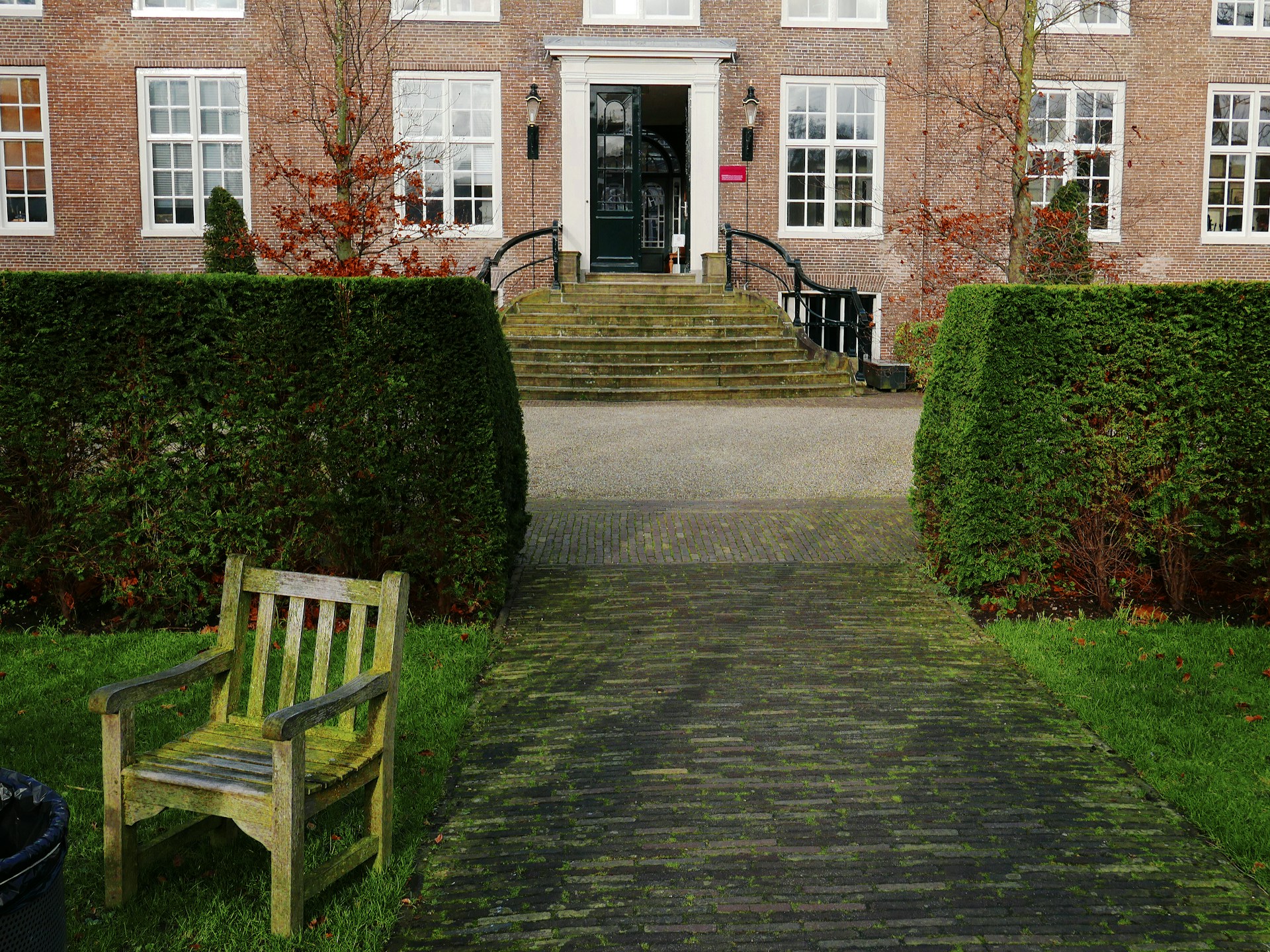- 0 Comments
- By admin
- Blog Grid View Latest News Our Blog Recent Blog Posts
- 224 Likes
Managing Space in the Garden: How to Optimize Available Square Meters
When it comes to gardening, maximizing every square meter can make all the difference. Whether you have a small urban yard or a sprawling suburban lot, efficient space management can transform your outdoor area into a functional, beautiful oasis. This article explores strategies for planning functional zones, backed by data and expert insights.
Understanding Your Garden Space
Before diving into the planning process, it’s crucial to assess your garden’s unique characteristics. Begin with a thorough measurement of your garden, noting its dimensions and shape. According to the National Gardening Association, the average American garden is about 600 square feet, but many urban gardens can be much smaller, often around 200-300 square feet. Knowing the exact measurements helps in creating a scaled plan that maximizes your available space.
In addition to size, pay close attention to sunlight and shade patterns. Observing how sunlight travels across your garden throughout the day is essential for plant placement. The U.S. Department of Agriculture suggests that gardens should ideally receive at least six hours of sunlight per day for optimal plant growth. Identifying shaded areas will help you select appropriate plants, enhancing biodiversity and improving the overall health of your garden. Also, conducting a soil test to determine pH levels and nutrient content is crucial. Healthy garden soil typically has a pH between 6.0 and 7.5, and improving soil quality can involve adding organic matter, compost, or specific fertilizers to create an optimal growing environment.
Creating Functional Zones
Once you understand your garden’s characteristics, it’s time to design functional zones. The layout of these areas is critical for maximizing usability. Consider creating relaxation areas where you can unwind. Incorporating seating, such as benches or lounge chairs, can encourage relaxation and socializing. According to the American Society of Landscape Architects, gardens with seating areas significantly increase property value and appeal. It’s beneficial to position these areas to take advantage of views or sun exposure, and adding shade structures like pergolas can enhance comfort during hot days.
Incorporating dining spaces is another excellent way to utilize your garden. Outdoor dining has gained popularity, especially post-pandemic, with a survey by the National Kitchen & Bath Association finding that 59% of homeowners prioritize outdoor dining areas. Allocating about 70-100 square feet for a dining area that comfortably seats four to six people is ideal. It’s also wise to design the dining space close to the kitchen for convenience, making it easier to transport food and drinks. Using portable furniture can provide flexibility, allowing you to adapt the space as needed for gatherings or quiet dinners.
Vegetable and Herb Gardens
Growing your own food is both rewarding and sustainable. The World Health Organization recommends consuming at least five portions of fruits and vegetables per day, making a home vegetable garden a valuable addition. A raised bed can help maximize space, allowing for better soil quality and drainage. A typical raised bed is about 4 feet wide, which allows easy access from both sides. Additionally, practicing companion planting can enhance yields; for example, planting tomatoes alongside basil not only improves flavor but also helps deter pests.
Creating flower and decorative gardens is equally important for enhancing your garden’s aesthetic appeal. Ornamental plants can attract pollinators, improving overall garden health, as highlighted by the National Gardening Association. Layering is an effective technique to maximize vertical space; plant taller species at the back and shorter ones at the front to create depth and visual interest. Planning for year-round color by rotating plants according to the seasons keeps your garden vibrant and minimizes maintenance.
Incorporating Pathways
Efficient pathways are essential for accessing different zones of your garden without trampling plants. A well-planned pathway can guide visitors and prevent soil compaction. Aim for at least 3 feet in width to allow easy movement, increasing it to 4-5 feet for primary routes. Utilizing permeable materials like gravel, pavers, or flagstones promotes drainage and reduces runoff, making your garden more sustainable.
Creating a design that complements the overall garden aesthetic is vital. Curved pathways can make small spaces feel larger and more inviting, while straight paths can offer a more formal appearance. Additionally, using different materials or colors can help define various areas, creating a cohesive yet diverse landscape.
Maximizing Vertical Space
Vertical gardening techniques can significantly increase your planting area, especially in small gardens. Utilizing walls, fences, and trellises can create additional space for climbing plants, allowing you to make the most of limited ground area. According to a study published in the Journal of Agricultural Science, vertical gardening can increase yields by up to 50% in small spaces. Installing trellises for climbing plants like beans, cucumbers, and tomatoes can yield significant space savings and promote healthier plants by improving air circulation.
Consider vertical planters or wall-mounted gardens for herbs and small plants. These can be particularly useful on balconies or patios, providing easy access to fresh ingredients while keeping the ground area clear. This method not only enhances space efficiency but also adds an appealing vertical dimension to your garden.
Sustainable Practices
Incorporating sustainable practices into your garden design benefits the environment and enhances the overall aesthetic and functionality. Implementing a rainwater harvesting system can provide a sustainable water source for your garden. A rain barrel can collect runoff from your roof, saving up to 1,300 gallons of water during peak summer months, as indicated by the EPA. This approach not only conserves water but also reduces reliance on municipal supplies, making it an environmentally friendly option.
Choosing native plants is another effective way to promote sustainability. Native plants are well-adapted to your local climate and typically require less water and maintenance. According to the Lady Bird Johnson Wildflower Center, these plants can thrive without excessive fertilization or pesticides, contributing to a healthier ecosystem. Incorporating such plants can enhance biodiversity, attracting beneficial insects and pollinators to your garden.
Conclusion
Optimizing garden space requires thoughtful planning and creative design. By understanding your unique garden characteristics and strategically creating functional zones, you can maximize your outdoor space while enhancing its beauty and usability. Sustainable practices further benefit not only your garden but also contribute to a healthier planet. With these strategies, your garden can flourish, regardless of its size, transforming it into a vibrant and functional outdoor living area.



Leave Your Comment